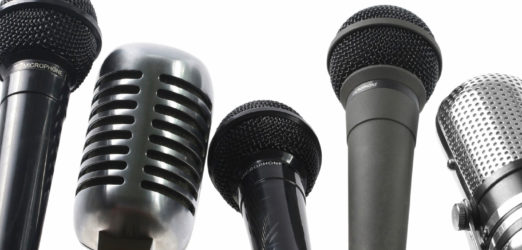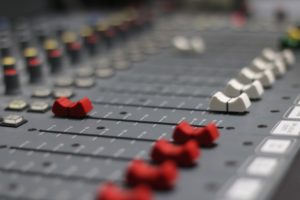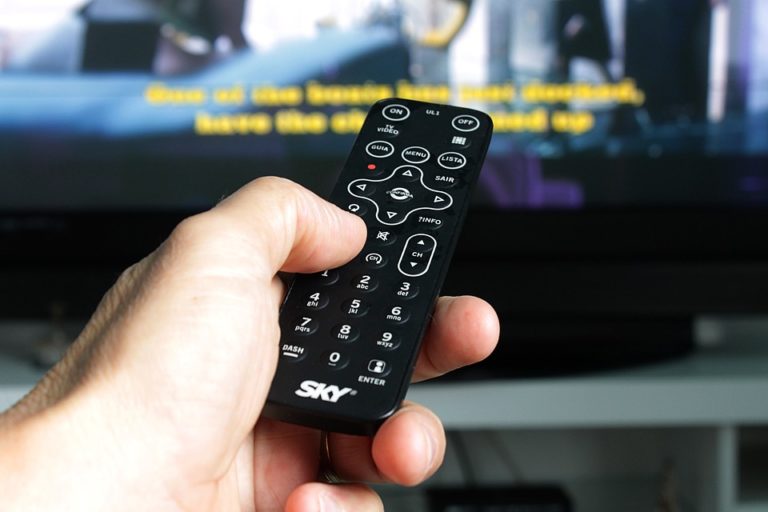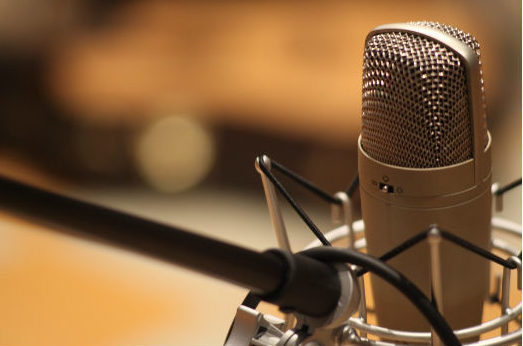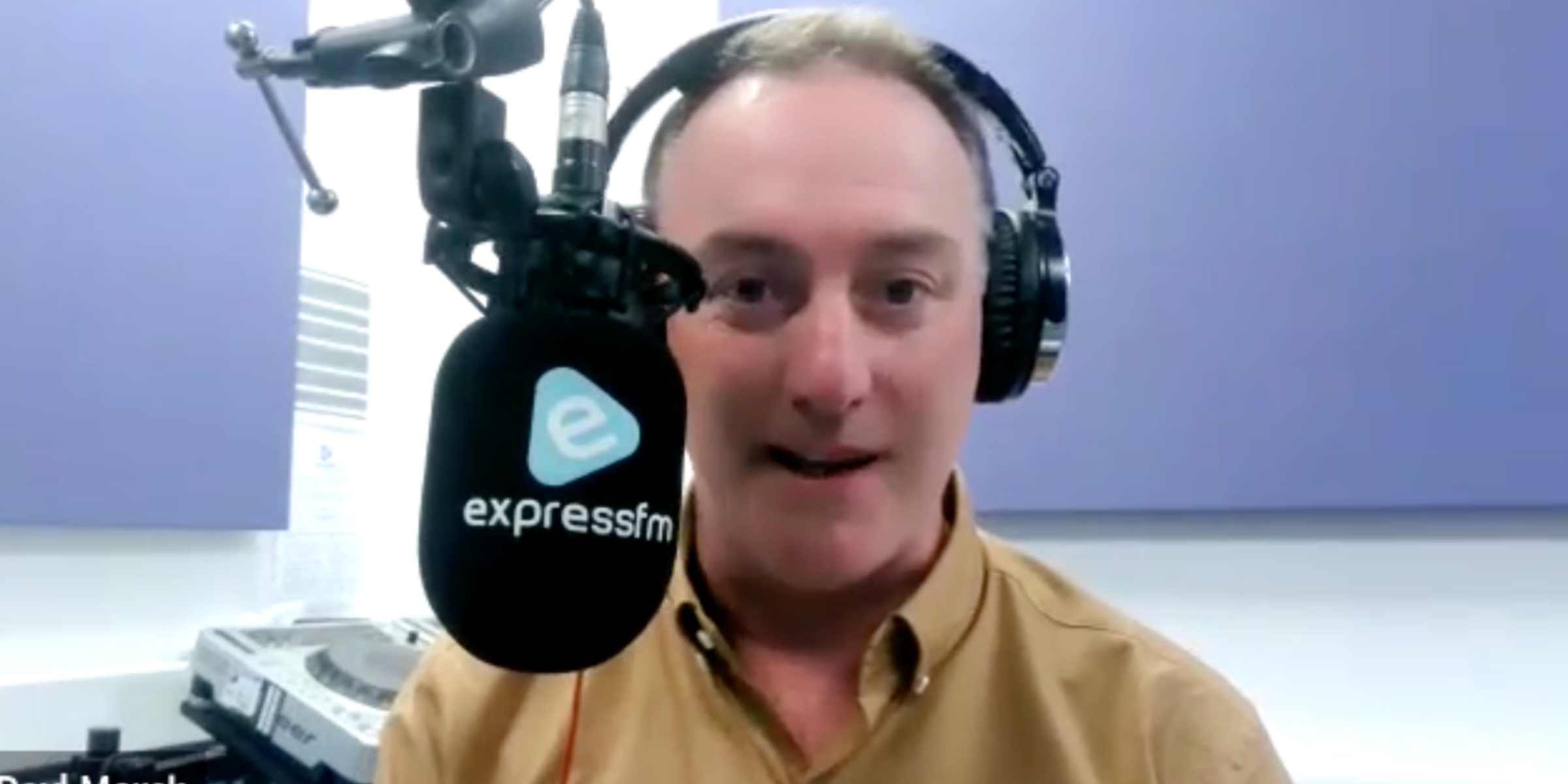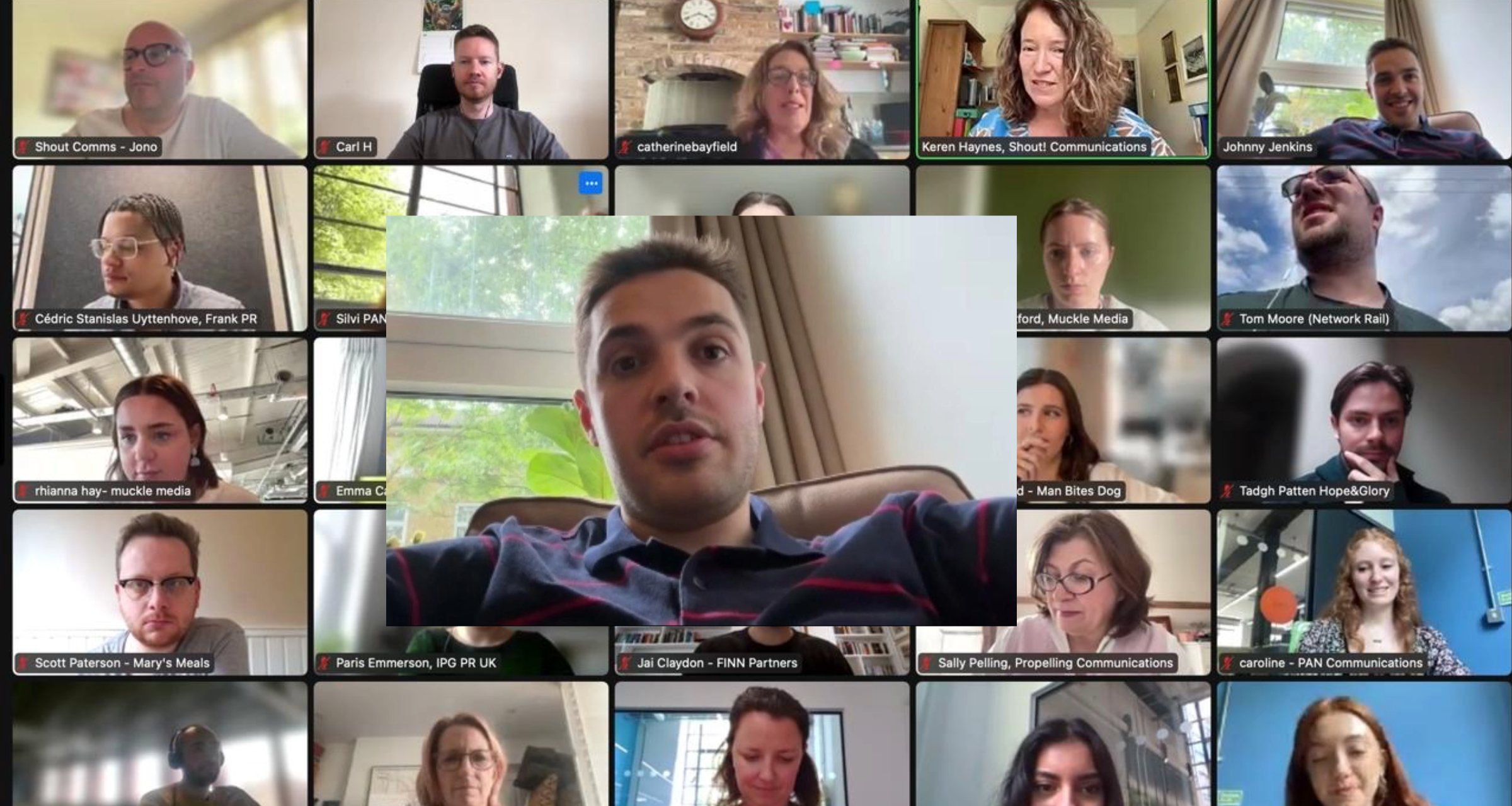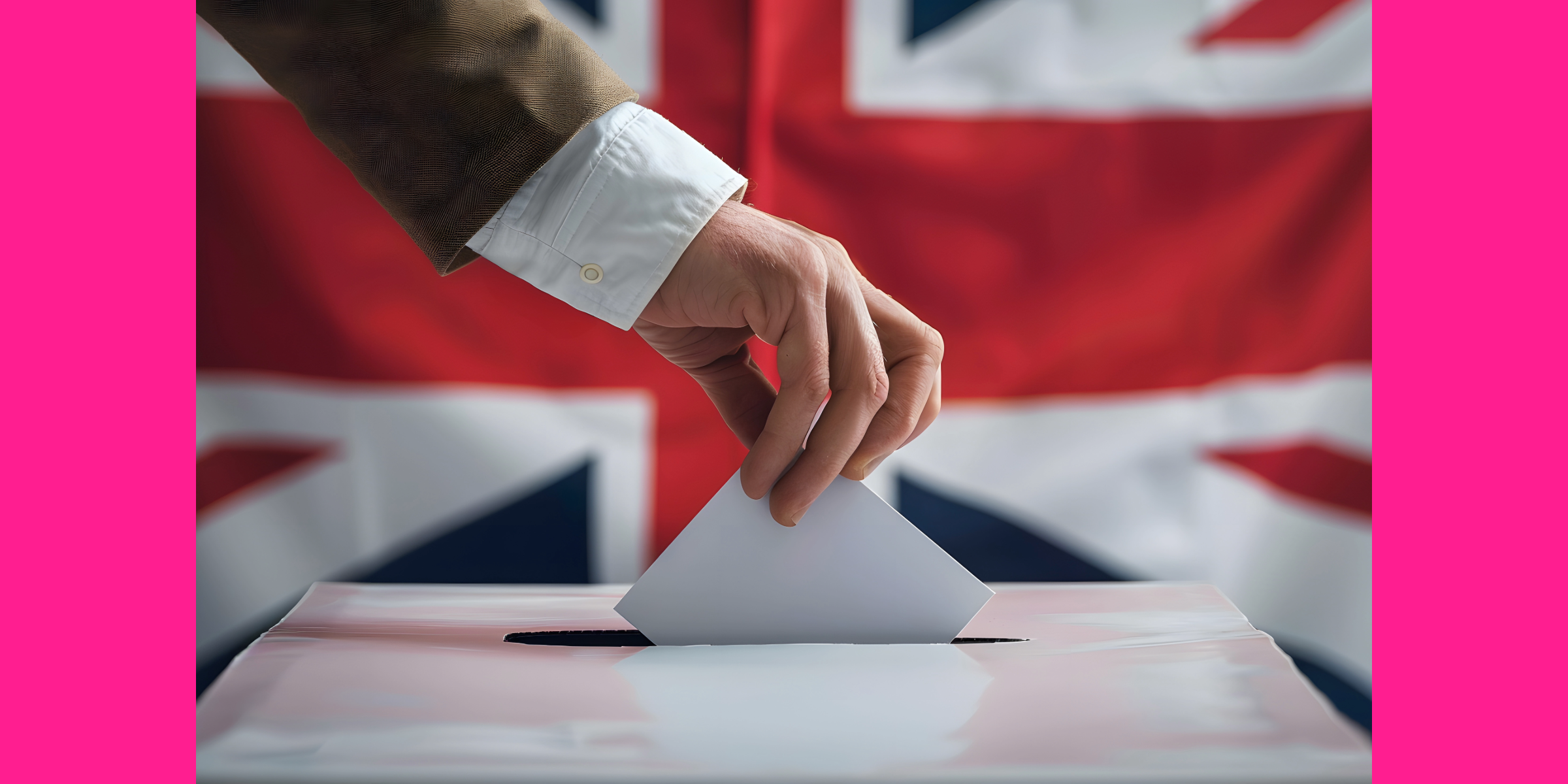We often say that broadcast is the icing on the cake for a client, but why? Well, it can help you reach your KPIs, ensure your campaign reaches the target audience and is a cost-effective investment. This week we will take you through how to effectively use broadcast to maximise the success of your campaign
The first thing to say about using broadcast is: don’t be scared of it! Often clients can shy away on the basis that they may not get sufficient return on their expenditure, and the slightly daunting fact they’re appearing on national stations. Of course, it can be intimidating but that’s what media training, third party spokespeople and editing are for! Let’s explain each step a bit more.
- Who is their target audience?
- What are their top three key messages?
- What are their top three key messages?
- What is their budget?
Radio. 90% of the population listen to it, so commercial or BBC, national or local, radio is always a winner. Radio can be targeted to the audience and is logistically simpler than TV. For most stories (given a solid top line, regional stats or interest, a non-commercial spokesperson and where appropriate case studies) we guarantee a minimum of 10-12 opportunities with a reach of a million- 1-2 we expect to be nationals.
Radio days are typically between 0800-1300 because morning shows are more likely to cover PR stories before the true news day gets underway. Spokespeople should be encouraged to be willing and available from first thing. To maximise coverage we advise allowing at least a week to sell-in; this ensures we can target the national’s weekly planning meetings.
Understandably you may decide you’d like TV coverage too. TV is wide reaching, high profile and cost-effective. However, it brings about more challenges than radio.
Firstly, it’s never confirmed until it goes out on-air…your story could even be dropped as you’re sat in the green room, so it’s difficult to secure. It’s also logistically more difficult; rather than sat in one studio, you could be in London, Manchester and everywhere in between.
How to combat this? Consider having more than one spokesperson and multiple case studies so if you have an opportunity in Salford’s MediaCity, you don’t have to drop everything in London. This may mean reviewing your budget and considering what coverage you really want.
B-roll (that’s 6-8 minutes of roughly edited footage shot in a news style, produced to support a news story) also massively improves the chances of achieving TV coverage, as it means journalists don’t have to film it themselves.
No matter how knowledgeable your spokesperson is, if they can’t confidently get the key messages across the campaign may suffer. Broadcasts expect a competent and polished spokesperson, so media training can be a great tool to build their confidence in front of a camera or in a radio studio. It’s also a good way to establish key messages and areas to improve on.
We also hold a workshop on this topic. The next one will take place on Tuesday 18th December 2018, to book a place call 0207 240 7373 or email hello@shoutcommunications.co.uk
